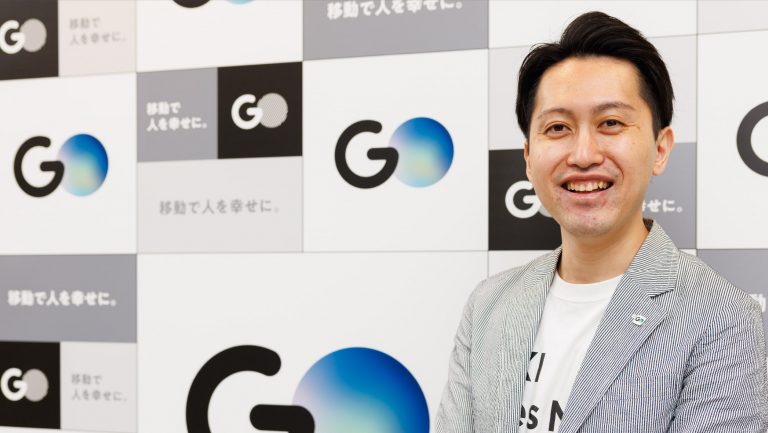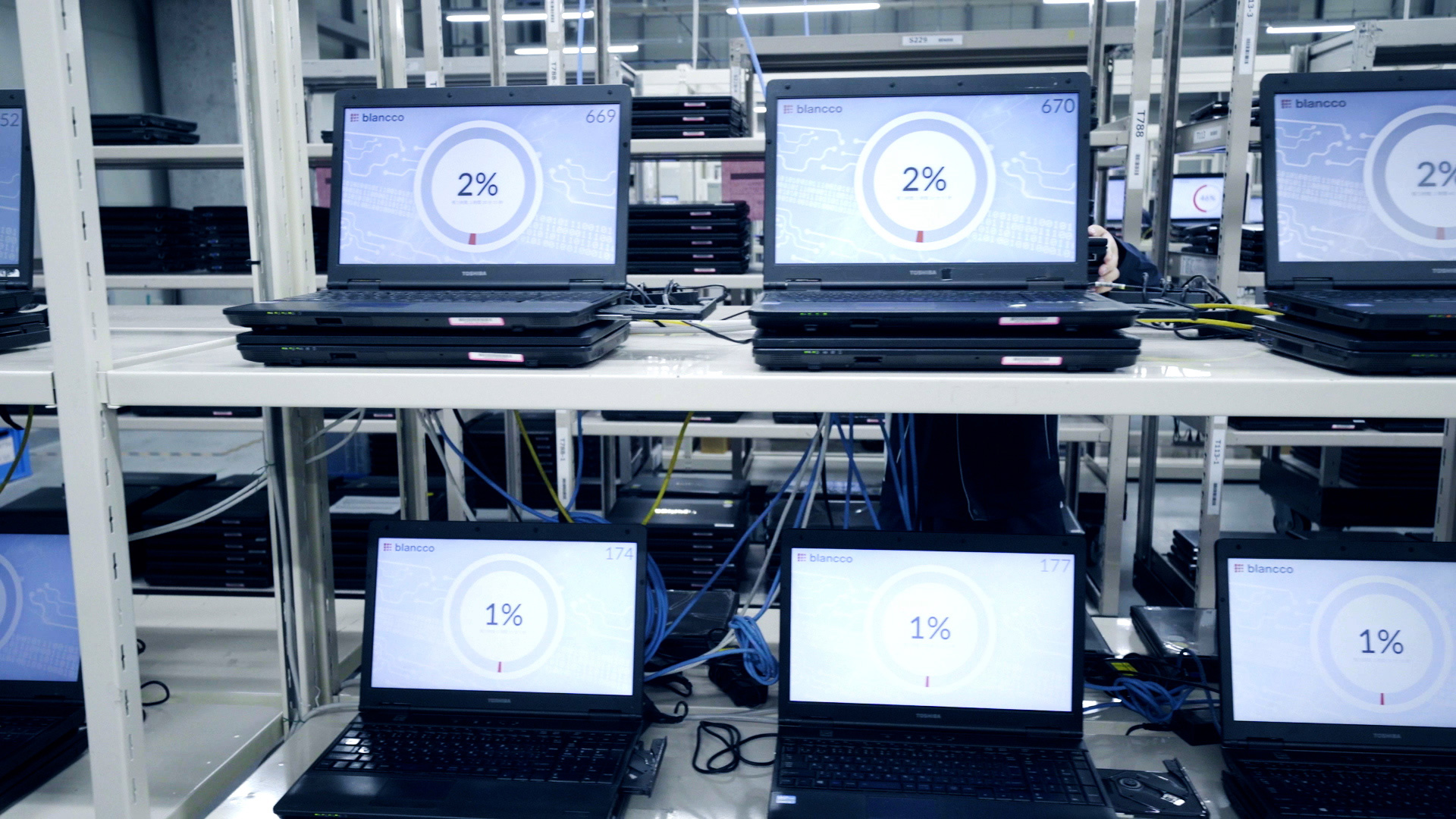
Tokyo Century Group’s TRY Corporation (TRY) handles refurbishing operations centered on erasing data stored in PCs and other IT equipment after their lease has expired. Part 1 introduced readers to its airtight security system. Part 2 goes into greater detail about its refurbishing operations.
TRY’s Refurbishing Operations in Six Steps
Refurbishment generally means repairing and renewing electric appliances and IT equipment that have been returned due to initial failure or as products that have previously been used so they can be shipped for reuse.
TRY’s operations mainly involve erasing data from end-of-lease IT equipment and shipping it again in a clean state. The company handles a broad range of IT equipment centered on PCs but also including tablets and servers. The content and process of refurbishing roughly comprises the following 6 steps.

STEP 1: Arrangement for product collection
We make arrangements for the collection of end-of-lease IT assets from customers after confirming details such as manufacturer, model number, and quantity.
STEP 2: Storage
IT equipment sent by customers is received at the Zama Center, where TRY’s data erasure center is located. Approximately 260,000 units were received in 2019, with an average monthly total of around 15,000 to 20,000 units, which places TRY among the top-ranked companies in this sector in Japan.
STEP 3: Checking
Meticulous checks are conducted on each unit to ensure that end-of-lease information reported when arranging for collection corresponds with the collected items. This review process sets TRY apart from ordinary second-hand dealers. TRY follows a stringent process of confirming and managing information on items received because leased items are valuable assets owned by Tokyo Century and thoroughly protects customer information.

STEP 4: Data erasure
TRY erases data stored on hard disks using three methods: erasure by software, physical destruction, and magnetic destruction. The details of each are explained below. Erasure by software is our basic service, while the other two services are provided as requested.
STEP 5: Preparation of data erasure reports
At the customer’s request, we prepare a report on the result of data erasure, which is submitted as evidence. We also provide photographic documentation of physically destroyed items as needed.
STEP 6: Sale and shipment
Once data erasure has been completed, the IT equipment is sold to second-hand dealers through auctions.
Ensuring Complete Data Erasure Using the Most Appropriate of Three Options
Restoring the default setting on a hard disk does not ensure complete erasure. TRY performs data erasure using three methods: erasure by software, physical destruction, and magnetic destruction.

1. Erasure by software
The most common method of data erasure at TRY involves specialized software. We offer this method as our basic service from the perspective of environmental preservation as well, as it allows the hard disk drive to be reused after the data is erased.
To overwrite and erase data, we use the most globally certified data erasure software from blancco. While the actual procedures differ depending on hard disk drive capacity, on average a single application of the software takes one to two hours to erase the data completely. In some cases, the software is applied multiple times at the customer’s request.
2. Physical destruction
Specialized equipment is used to drill holes in hard disk drives and solid-state drives to render the data unrecoverable. Four holes are drilled in hard disk drives and 20 are drilled twice in solid-state drives. This method can also be applied to physically destroying various recording media, and we also offer the service to destroy small recording media such as DVDs and SD cards.
3. Magnetic destruction
The hard disk is set in special equipment, and at the press of a button, strong magnetic waves destroy the data. A special tape that changes color, from green to black, when exposed to magnetic fields is affixed to the hard disk drives before processing to visually confirm that erasure has been completed.
Physical destruction and magnetic destruction do not involve drilling holes in the work item itself. The item is disassembled to extract the hard disk so the casing can be reused. Newer models that are more precise and compact are also harder to disassemble. So, staff constantly strive to upgrade their specialized knowledge and skills by staying abreast of specifications for the latest products.
TRY Has Always Aspired to Realize a Circular Economy, Even Before the Adoption of the SDGs
The Sustainable Development Goals (SDGs), which were adopted at a United Nations summit in September 2015, have attracted significant attention as shared objectives for a global effort. Tokyo Century has been advancing its own SDG initiatives, including the establishment of a Sustainability Committee in 2018. Leasing, which has been a longstanding business of Tokyo Century, focuses on efficiently using durable consumer goods and effectively applying resources through such efforts as recycling, and in that sense, the business is closely aligned with the SDGs.

In this context, TRY has always strived to realize a circular economy through its refurbishing operations, even before the concept of the SDGs became widespread. One of the 17 SDGs, “Responsible consumption and production,” is intended to secure the sustainability of these two economic functions. This is precisely the corporate goal that TRY has upheld since its founding as well as the mindset we have been fostering in the natural course of our business, even before the SDGs.
The role and social value of TRY’s refurbishment business are expected to become even more important in the wake of stronger demand for transformation and a breakthrough from our past social model of mass production, consumption, and disposal. TRY will strengthen both infrastructural and human factors by enhancing its facilities and strengthening employee capabilities through a unique educational program in order to improve the quality of its refurbishment business toward realizing a circular economy.
*The contents of the article and the position titles are as of the date posted.
RECOMMEND ARTICLES
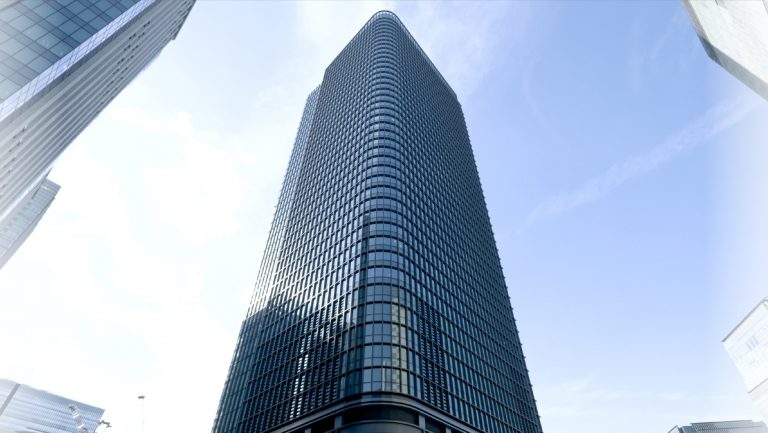
Oct 5, 2023
TOKYO TORCH is a new…
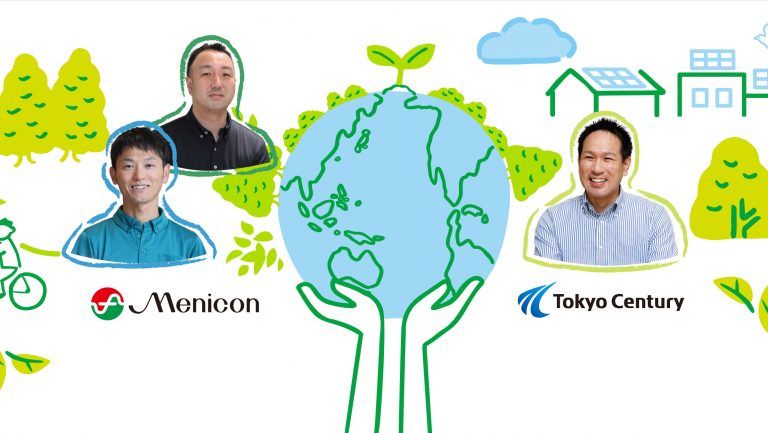
Aug 4, 2023
Tokyo Century launch…
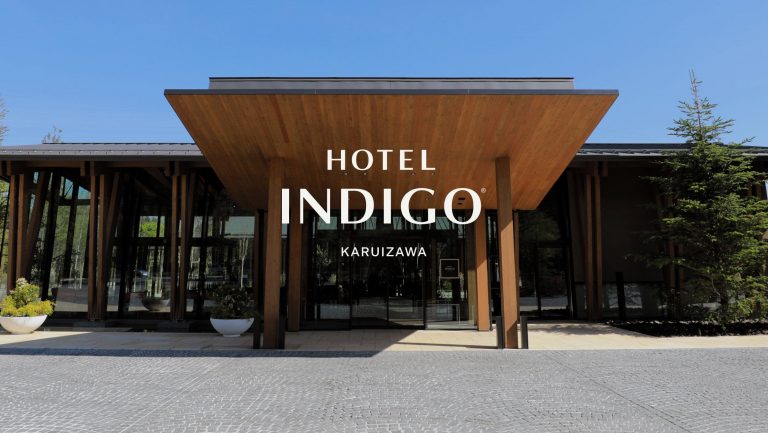
Jul 13, 2022
Hotel Indigo Karuiza…
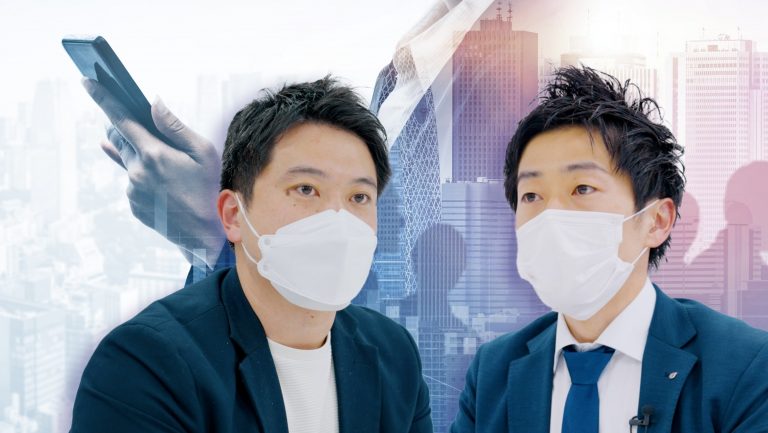
Mar 16, 2022
Smartphones and tabl…


